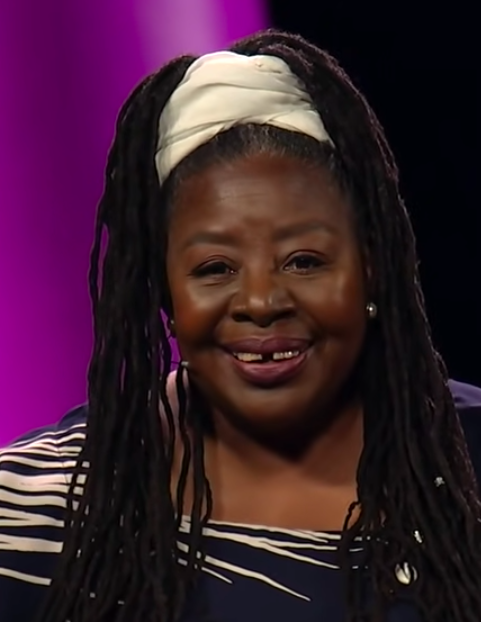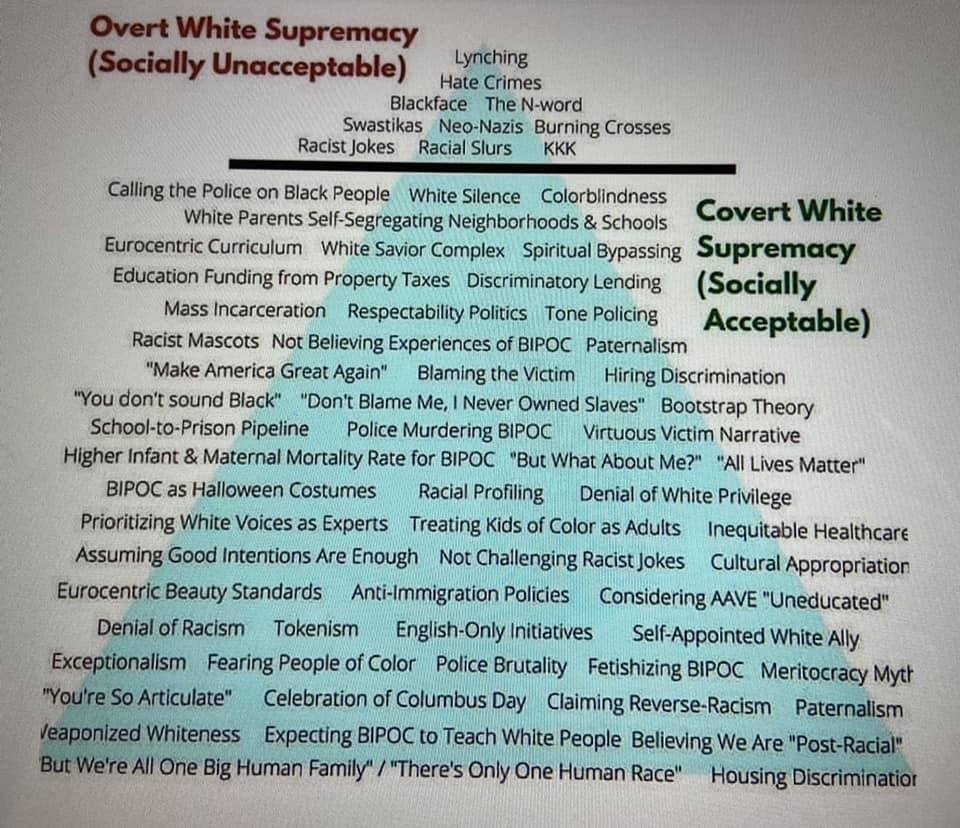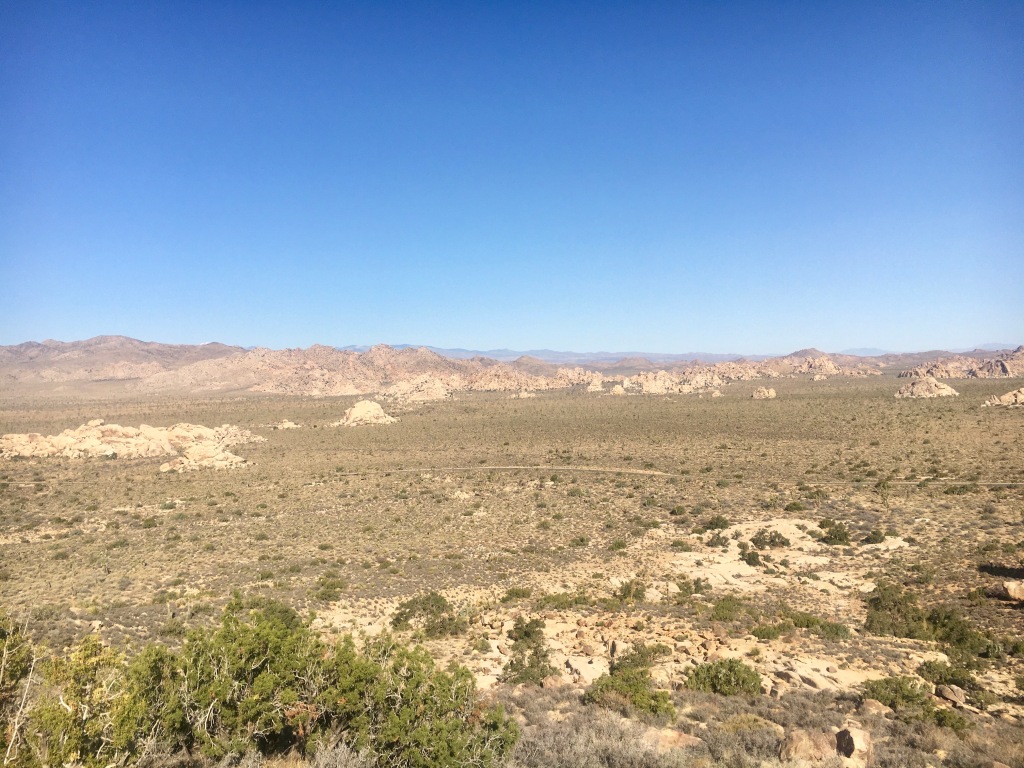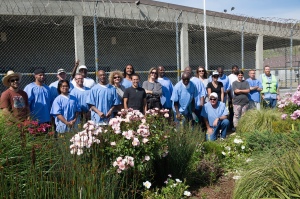The New Year is always an interesting moment – opportunities to restart, rejuvenate, reset. I’m not sure if studies have been conducted to determine whether resolutions translate into reality, but for me, simple lists – lose weight, eat healthy, etc – really don’t cut it at this point in my life.
So this year I’m trying on something different, by focusing on “Calling In” instead of “Calling Out.” A diet of how to show up differently in the world.
With two trying pandemic years, disheartening social and political polarization, and a lot of generalized judgment and reactivity (Masks! Vaccines! Politics! Oh My!), it’s exhausting. I want to step away from this shame, blame and judgment and move into listening, curiosity and actual conversation. Even if the hair goes up on the back of my neck.
The idea of “calling in” (instead of calling out) struck me recently, listening to civil rights activist Loretta Ross share her thoughts in a Ted Talk. I’ve also read her article “Speaking Up Without Tearing Down.” She is tough, courageous, inspirational and actually quite hopeful.
As she points out, the current “cancel” or “calling out” culture generally hardens resolve, stops the conversation in its tracks, and further polarizes. “The cancel culture just invited folks to a fight, not a conversation, because you’re publicly humiliating.” Honestly, I’m tired of living in that world of us vs. them.
If we want to stop this seemingly endless cycle of opinionated entrenchment and start to mend bridges, shift from hate to love, or just show up with curiosity rather than “knowing it all,” we extend an invitation to engage humanity – an offering to open, not close. And it starts here, within.
Lately, I’ve been reflecting on this in the context of launching the Insight Garden Program at San Quentin, a couple of decades ago now. How, in our early years there, we created buy-in for the program (and the potential of its participants) through a lot of staff and correctional collaboration, discussion and encouragement – to dissolve some hardened opinions of people living inside and open up new opportunities.
That meant listening and learning from ALL of the stakeholders.
My assumptions about staff, leadership, and correctional officers, over time, were turned inside-out as we intervened in the system (with gardens, no less!). There were stunning openings – yes, we can grow a garden here, without fear of people hiding weapons in the soil. Or the time a Sergeant accepted some iris bulbs from the garden – and it was the first time I ever saw him smile. Or when the head of security at San Quentin asked me if I knew anything about Buddhism (when I said yes, his face lit up like it never had before).
I didn’t get to these moments by judging others or arguing my points; I got to them by building relationships, creating trust, occasionally asking provocative questions (is that so? tell me more…), and trying to understand even if I didn’t agree. Yes, there were times in the prisons when I challenged authority (but very carefully). And the times I thoughtlessly reacted got me absolutely nowhere.
If I want to have real conversations so people feel heard, I have to create space and suspend judgment. As Loretta says, “calling in is a new way to achieve justice. It’s not a matter of what we do, but how we do it. Once you get to know people, you can’t hate them anymore.”
That doesn’t mean allowing people to get away with rampant disregard for others, obnoxious behavior, racism, or conspiracy theories. But coming from a place of curiosity and careful thought goes a lot farther than shutting out with a reaction, a label and maybe even a shout. I realize there are some who thrive on shouting, but I’m not one of them.
Loretta also emphasizes that it’s “not fair…to insist that people hurt by cruel or careless language or actions be responsible for the personal growth of those who have injured them.” Indeed, “calling out may be the best response to those who refuse to accept responsibility for the harm they encourage or who pretend they are only innocently using their right to free speech.”
A strategy to counter intransigent behavior however, is to “call on a person who’s said something hurtful or disrespectful – to be a better person – look the person in the eye, cock head to side, and say ‘I beg your pardon?’ And then wait. Then they’ll walk back their words.”
Of course, taking this on isn’t easy. Because calling In/On does require presence, thoughtfulness, curiosity and guts.
But as I move into this new year, this is my intention, because “calling in is a call out done with love.”
——————-
For more information about how to do this, feel free to connect to the links above.








